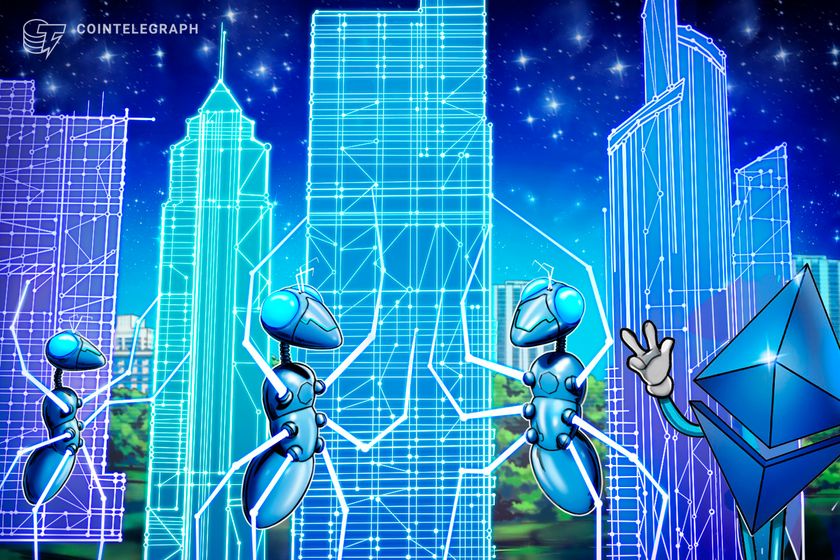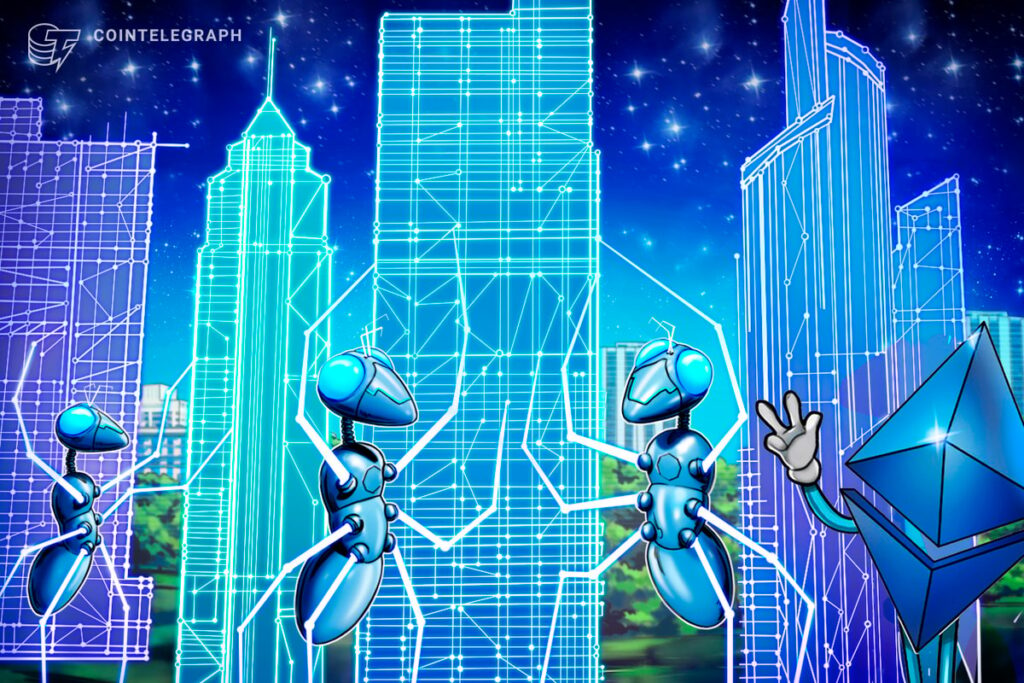
Opinion by: Ellie Li, core steward at the Ethereum Collective Foundation (ECF).
When Vitalik Buterin introduced the concept of a “popup city” through Zuzalu, it wasn’t just an experiment in transient living — it was a visionary framework for fostering community-driven innovation in a decentralized world. More than a temporary gathering, these hubs have become crucibles for advancements in the Ethereum ecosystem, offering a fresh perspective on how innovation, governance and community-building intersect.
Most recently, Chiang Mai, Thailand, became the stage for a dynamic series of popup residencies ahead of the annual Devcon Ethereum conference. The city’s streets, with local markets and cafes, were transformed into a laboratory for blockchain experimentation. Initiatives such as Edge City Lanna, MEGAZuzalu, muChiangMai and 4Seas explored decentralized governance, identity and economic models, pushing the possible boundaries.
A new paradigm for blockchain innovation
Buterin described Zuzalu as more than a place; it’s a method — a way to live, work and innovate together. Popup cities embody this ethos, creating temporary spaces for developers, researchers and creators to converge, collaborate and experiment with cutting-edge technologies and social structures. They bring together talent in a uniquely focused and immersive way, free from the distractions of everyday life.
Popup cities prioritize dynamic, community-driven innovation. The line between mentor and mentee blurs as veteran developers and newcomers engage in workshops, hackathons and late-night brainstorming sessions. These ephemeral hubs offer unparalleled opportunities for deep collaboration, but they also raise the question: Can such fluid and transient spaces yield the same sustainable effect as long-standing institutions?
Recent: Ethereum reclaims USDT dominance against Tron after 2 years
Building community and driving progress
While popup residencies foster creativity and community, they expose a significant gap in the Ethereum ecosystem. Hackathon-level projects often struggle to transition into scalable, fundable ventures. Teams frequently cycle through events without the tools, resources or pathways to refine and grow their ideas.
At the heart of addressing this gap is the ethos that has long driven the Ethereum ecosystem: openness, collaboration and inclusivity. Just as open-source software has revolutionized how technology is built and shared, these same principles can inform the structure and influence of popup cities. Open source is not merely about sharing code — it’s about fostering accessibility and creating systems prioritizing collective benefit over individual gain.
Through embedding these principles into the foundation of popup cities, we can create environments where builders collaborate freely, learn from each other, and solve meaningful problems together. This approach aligns perfectly with the vision for popup cities: Hubs that don’t just spark innovation but nurture it in ways that are accessible, inclusive and purpose-driven.
The missing bridge
Popup cities must transition from transient gatherings into long-term programs designed to address the pain points of early-stage blockchain projects. The pipelines should empower teams to refine their ideas, develop viable products, and achieve milestones critical for pre-seed readiness.
Extending the duration of popup hubs from weeks to months would provide teams with the time needed to refine their prototypes, test assumptions, and reach milestones like MVP development. Blending Ethereum-native mechanisms (decentralized autonomous organizations, quadratic funding and community-driven tokens) with traditional startup readiness benchmarks can bridge the gap between experimentation and growth.
Integrated funding models reduce the financial burden on early-stage teams, allowing them to focus on building meaningful blockchain applications without prematurely launching tokens, structuring residencies around specific themes, and channeling resources toward solving high-priority challenges.
Introducing structured frameworks like OKRs (objectives and key results), product-market fit strategies, and sustainable business models can help projects navigate the complexities of transitioning from prototypes to fully fledged startups.
What lies ahead
Popup cities represent a bold new frontier for the Ethereum ecosystem. Despite their temporary nature, they show that adequate progress doesn’t require permanent infrastructure but intentionality, collaboration and the courage to experiment. The challenge is not simply creating more extended residencies but ensuring these spaces cultivate discipline alongside creativity. The Ethereum ecosystem needs to shift its mindset to balance the freedom of experimentation with the rigor of execution.
Popup cities could become the testing ground where ideas grow into scalable solutions, unlocking the next wave of Ethereum unicorns.
The question is no longer whether popup cities can replicate the success of accelerators like Y Combinator. Instead, it’s whether they can chart a new course — one where transient hubs become launchpads for sustained innovation. Popup cities could redefine how the Ethereum ecosystem nurtures innovation in a decentralized world by addressing the gap between hackathon prototypes and fundable startups.
From the vibrant streets of Chiang Mai to the following experimental hub, popup cities are poised to reshape the blockchain community and the future of how we build, grow and scale ideas.
Ellie Li is a core steward at the Ethereum Collective Foundation (ECF), leading initiatives such as the De University of Ethereum and the ECF Residency Program.
This article is for general information purposes and is not intended to be and should not be taken as legal or investment advice. The views, thoughts, and opinions expressed here are the author’s alone and do not necessarily reflect or represent the views and opinions of Cointelegraph.


